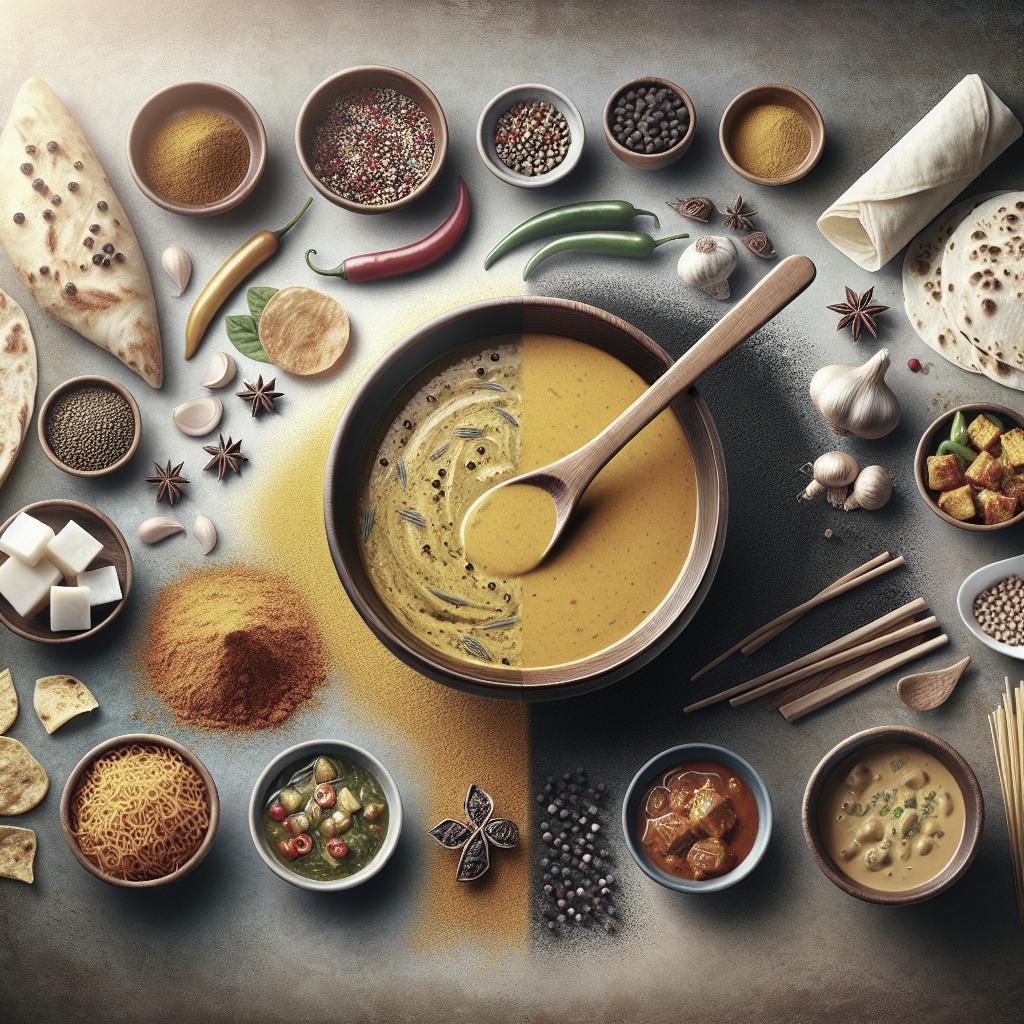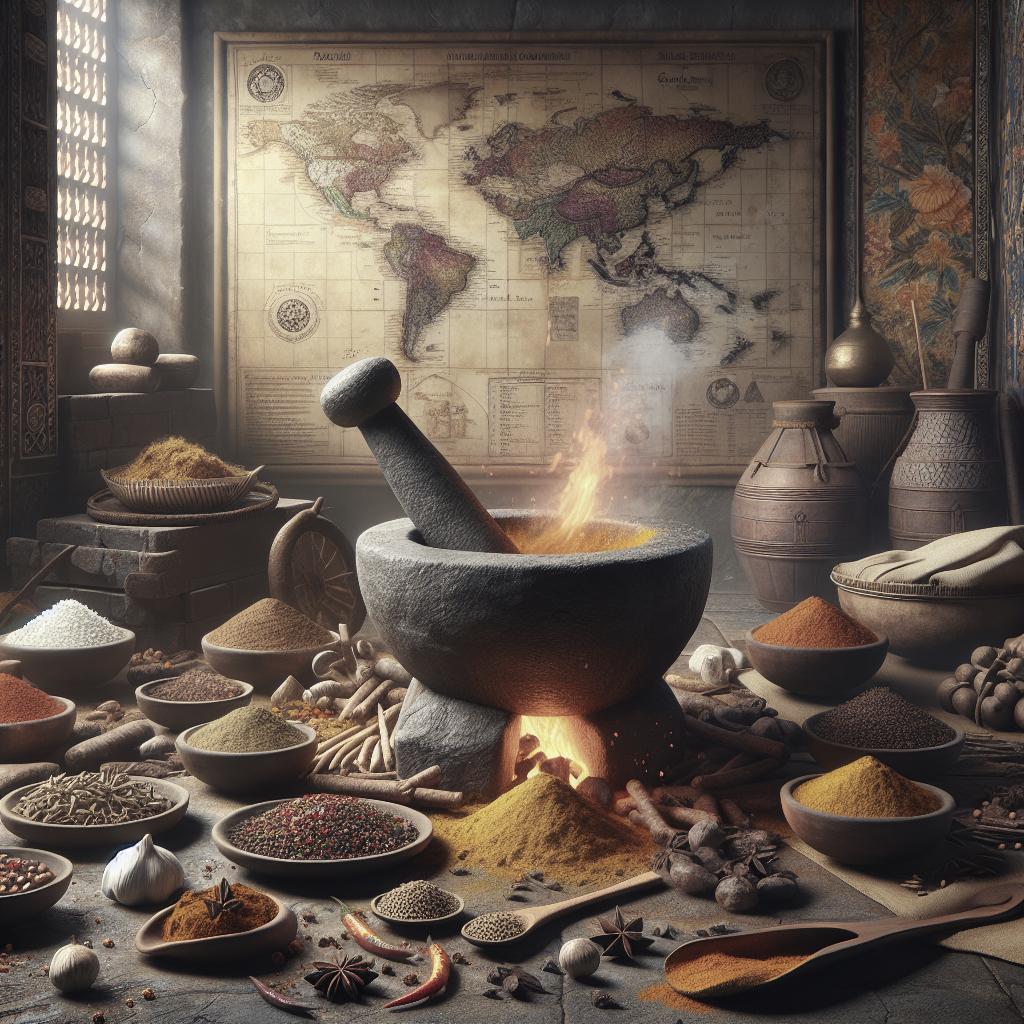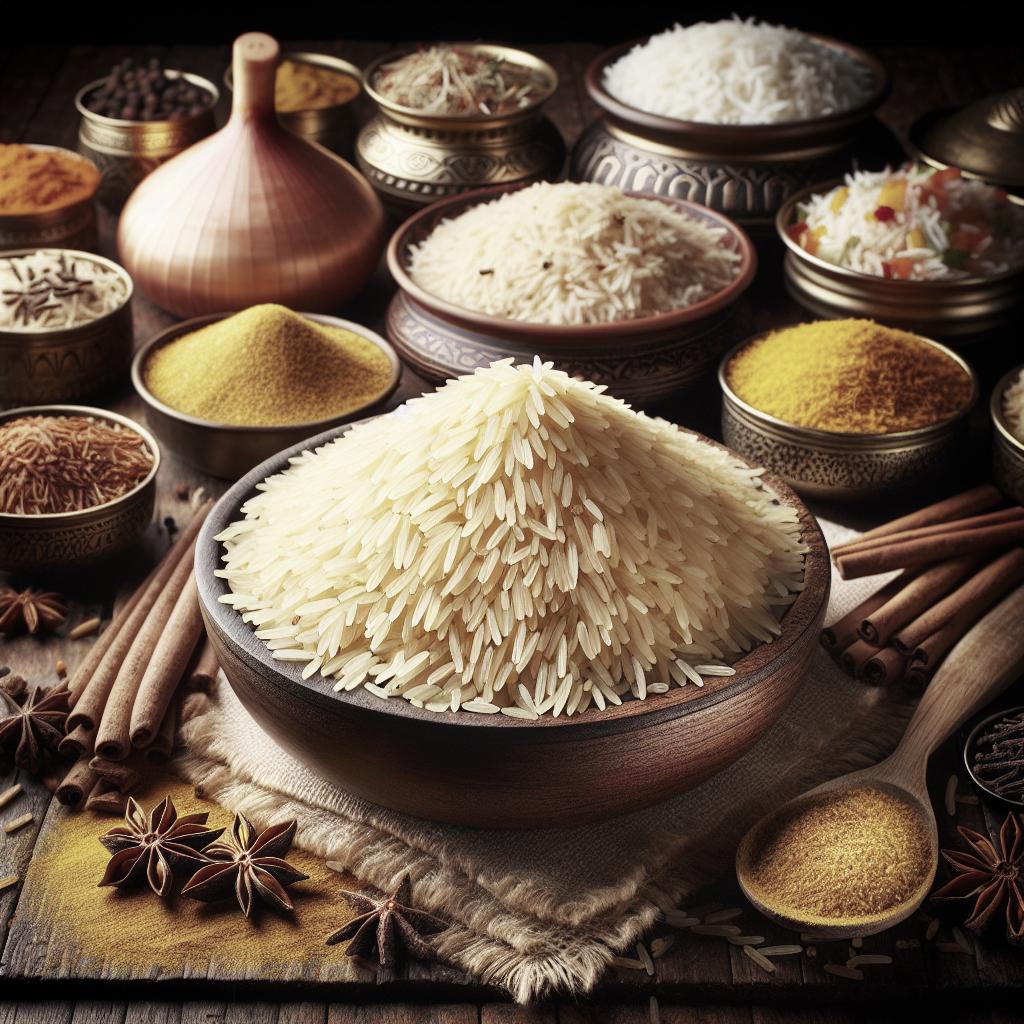“`html
How to Blend Curry with Other Cuisines
Curry is a versatile and aromatic component that has found its way into kitchens worldwide. With its roots in South Asian cuisines, the concept of curry varies broadly from spicy and tangy to sweet and aromatic, depending on regional preferences and ingredients. This blog post aims to navigate the delightful integration of curry into diverse culinary traditions, offering insight into its foundational spices and providing delectable recipes to start your journey. From understanding basic curry spices to creating original curry blends, you will discover how to balance and elevate flavors as you blend curry with other cuisines. And if you’re curious about the exact spices that lend curry its global charm, we’ve got you covered with both a detailed curry powder recipe and garam masala insights. Let’s dive in!
Is curry spicy?
The spiciness of curry largely depends on the ingredients and preparation. Traditionally, curry can include a mix of ground spices such as turmeric, cumin, coriander, and chili peppers, which give it a heat that varies in intensity. However, the term “curry” encompasses a range of dishes that may not all be spicy. For instance, some curry dishes emphasize sweetness or tanginess being less focused on heat.
If spiciness is a concern, it’s important to customize the spice levels to your taste. You can reduce the chili or introduce dairy such as yogurt or cream to temper the heat. Further, experimenting with different variations can reveal a spectrum of experiences, as curry does not belong solely to Indian cuisine but is also pivotal in Thai, Japanese, and Caribbean culinary arts.
Where to begin
The journey of blending curry with other cuisines starts with understanding its core components, such as spices which define its unique character. Beginning with a familiar base before experimenting with new flavors can ease the fusion process.
To incorporate curry into your cooking repertoire, consider dishes that could benefit from the warmth and depth of curry flavors, like stews or soups. Traditional recipes from various cultures can act as a great starting point, allowing you to tweak and add curry elements into the already established flavor profiles of these dishes.
Curry Spices
Curry spices form the heart of any curry dish. Essential spices include turmeric, cumin, coriander, and mustard seeds, each contributing to the signature color and flavor of curry. These spices have distinct profiles, such as turmeric’s earthy bitterness and coriander’s slight citrusy undertone.
Building on these, other elements like cloves, cardamom, cinnamon, and nutmeg can be added to elevate the curry’s depth, adding layers of aroma and taste. Tailoring the spice balance to suit other cuisines requires understanding common flavor profiles in global cooking. For instance, combining curry with Italian herbs can result in a mesmerizing fusion.
Curry Powder Recipe
Ingredients
- 1 tablespoon ground cumin
- 1 tablespoon ground coriander
- 1 tablespoon ground turmeric
- 1 teaspoon ground mustard
- 1 teaspoon ground ginger
- 1 teaspoon cayenne pepper (optional)
- 1 teaspoon ground cinnamon
- 1 teaspoon black pepper
Instructions
Combine all the ground spices in a bowl and mix thoroughly until evenly blended. Store in an airtight container, preferably in a cool, dark place to preserve the freshness and flavor.
This base curry powder can be used for preparing various dishes. Adjust the spice proportions based on your palate or the dish’s requirements to create either a mild or more robust flavor profile.
Garam Masala
Ingredients
- 3 tablespoons coriander seeds
- 2 tablespoons cumin seeds
- 2 tablespoons black peppercorns
- 1 tablespoon cardamom seeds
- 1 tablespoon mustard seeds
- 1 tablespoon whole cloves
- 1 stick cinnamon
Instructions
Toast the whole spices in a pan over low heat until fragrant, ensuring they do not burn. Cool them slightly before grinding to a fine powder using a spice grinder or mortar and pestle. Once ground, store the garam masala in an airtight container.
Garam masala adds a complex and rich aroma to curries. Its blend enhances flavors, making it suitable for use in various curry-based dishes or as an addition to global cuisines.
Other Ingredients
Beyond spices, incorporating vegetables, proteins, and dairy enriches curry’s texture and nutritional profile. For vegetarian options, ingredients like lentils, chickpeas, and sweet potatoes work well as they absorb spices readily.
For non-vegetarian options, meats like chicken, beef, and lamb are staples that harmonize beautifully with curry spices. Incorporating coconut milk or plain yogurt can lend a creamy texture while balancing the dish’s spiciness and enhancing the fusion flavor.
Simple Chickpea Curry Recipe
Ingredients
- 2 cups canned chickpeas, drained and rinsed
- 1 tablespoon olive oil
- 1 onion, finely chopped
- 2 garlic cloves, minced
- 1 tablespoon curry powder
- 1/2 cup coconut milk
- 1/2 cup diced tomatoes
- Salt and pepper to taste
- Fresh cilantro for garnish
Instructions
Heat the olive oil in a pan over medium heat. Add chopped onions and sauté until they soften. Stir in garlic, cooking until fragrant. Then add curry powder, stirring continuously to enhance the spices’ aroma.
Add chickpeas, coconut milk, and tomatoes. Simmer for 10-15 minutes, allowing the flavors to meld. Adjust seasoning with salt and pepper. Serve hot, garnished with fresh cilantro, alongside a choice of rice or bread.
Lessons Learned
Blending curry with other cuisines offers endless possibilities for flavor exploration and cultural enrichment. Understanding the fundamentals of curry spices opens doors to fusion cooking, inspiring creativity in the kitchen. Whether through preparing a basic curry powder or experimenting with recipes like chickpea curry, each attempt at blending brings a new lesson and culinary delight.
| Section | Summary |
|---|---|
| Is curry spicy? | Explores the varying levels of spiciness in curry and ways to adjust it to personal taste. |
| Where to begin | Guides on initiating the blending of curry with global cuisines. |
| Curry Spices | Details essential spices integral to curry’s flavor and aroma. |
| Curry Powder Recipe | Provides a basic recipe to create your curry powder at home. |
| Garam Masala | Highlights another traditional spice blend, offering a recipe to enhance dishes. |
| Other Ingredients | Discusses additional ingredients and their roles in curries. |
| Simple Chickpea Curry Recipe | Offers a straightforward recipe to practice incorporating curry. |
“`


